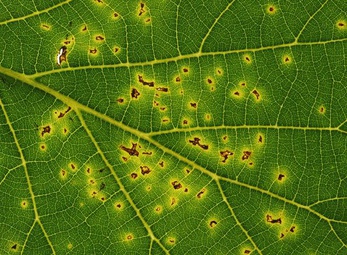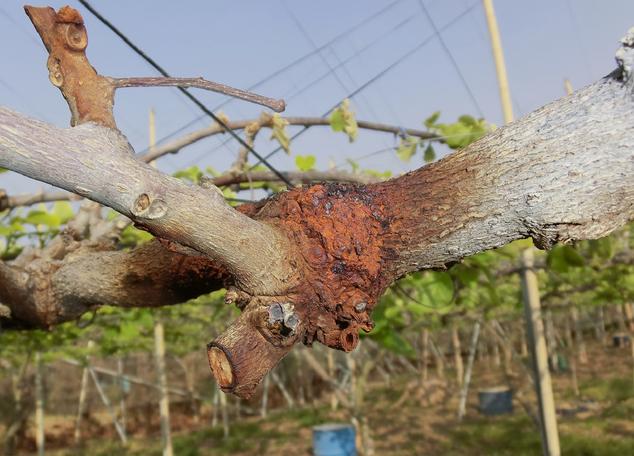Kiwi Fruit
Kiwi Fruit, also known as Actinidia deliciosa, is an outdoor fruiting vine. Plant in well-draining soil with full sun exposure. Provide support for climbing. Water consistently, especially during dry periods. Pruning helps control its size and shape. Fertilize during the growing season.
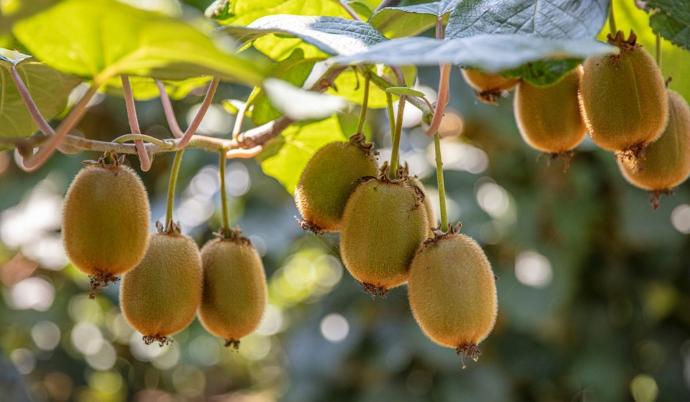
Habit
Vine
Height
2 to 3 m
Growth
Fast
Soil
Well Drained, Loamy
Shade
Full Sun
Moisture
Moist
Edible
Yes
Medicinal
No
Origin
China
Climatic Condition
Subtropical, Temperate
Temperature (°)
15°C to 25°C
Humidity (%)
50% to 70%
Potting media
50% Loam, 30% Sand, 20% Organic Matter
Fertilizers
Balanced Fertilizers
Watering
Regular watering
Plant Weight
2 to 4 kg
Flowering Time
Spring to Summer
Soil Ph level
5.5 to 6.5
Water Ph level
6.0 to 7.0
Soil EC
0.5 to 0.8 mS/cm
Yield Per Plant
15 to 25 kg per plant
NPK ratio
10:10:10 or 5 :10:10
life Span
8 to 12 years
Health Benefits
High in Vitamin C, Digestive Aid
Suggested Grow Media or Potting Mix ?
50% loamy soil, 30% compost, 20% sand
Suggested Fertigation/Fertilizers
Fertilize every 4 weeks with a balanced fertilizer.
Common Diseases and Remedies
Bacterial canker , Pseudomonas syringe blight
Water soaked lesions on leaves, cankers on vines, bacterial ooze . Sunken lesions on bark, wilting of vines.
Prune infected parts, remove the infested plant parts.
HEALTH BENEFITS
Rich in vitamin C, aids digestion, boosts immunity, and supports heart health.
What Is An Kiwi Tree?
Kiwi (Actinidia deliciosa) is the vine and fruit of the Actinidiaceae family. The plant is found in China and Taiwan and also grows in New Zealand and California. The fruit has a slightly sour taste and can be eaten raw or cooked. The juice is sometimes used as a meat tenderizer. Raw kiwi fruit is rich in vitamins C and K.
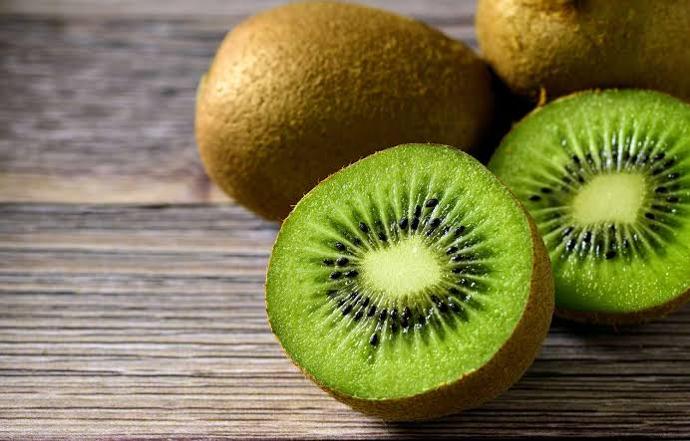
What Are The Different Types Of Kiwi Plants?
1. Actiniaceae :
Kiwi fruit is a fast-growing tree of the Actiniaceae tree family. It can grow in different soil types and pH
2. Kiwi :
Kiwi Berry Editor. Kiwi fruits are edible fruits the size of large berries, similar in taste and appearance to the fuzzy kiwi fruit, but with a thin skin.
3. Actinidia kolomikta :
Actinidia kolomikta – Hardy kiwi with variegated leaves. The variegated, hardy leaves of kiwi, sometimes called kolomikta or miyamatatabi, are the most.
4. Kiwi Tree :
The flowers of the kiwi tree. Kiwi tree flowers are the reproductive organs of kiwi (and other plants). If you want to know how to identify a kiwi plant
5. Fuzzy Kiwi:
Close to the fuzzy kiwi type but without the hairs. Tropical, Arctic Beauty and Pavlovskaya are others

How to care for Kiwi Plant ?
Plant your kiwi tree in a sunny location with well-draining soil. Water your tree regularly, especially during dry periods. Fertilise your tree in the spring with a balanced fertiliser. Prune your tree regularly to maintain its shape and encourage new growth.
1. Location
Kiwi is an Indoor plant.
2. Sunshine
For healthy growth, make sure that the "single" kiwi receives at least 3-6 hours of sunlight per day.
3. Soil
Deep, rich, well-drained sandy loam soils are ideal for cultivation of kiwi. A soil pH slightly less than 6.9 results in maximum yield but higher pH upto 7.3 adversely affects the yield due to Mn deficiency
4. Hydration
Kiwi vine grows best in deep soil. They prefer loam and silty loam to loam. Like many other fruit crops, vines need less salty water. Safe levels for tap water include less than 70 ppm chloride, less than 200 ppm bicarbonate, and less than 50 ppm sodium.
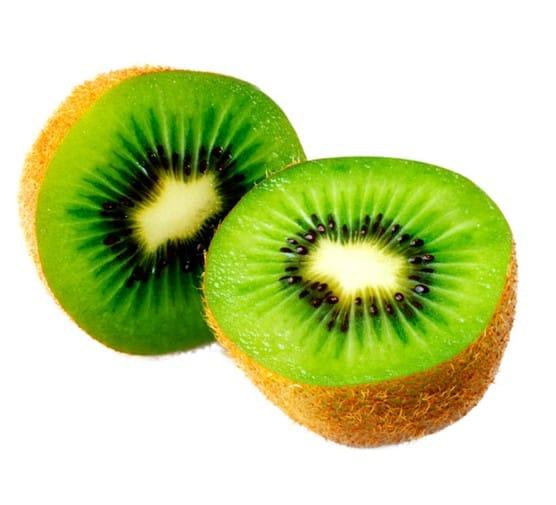
5. Nourishment
One of the largest varieties of indoor palm trees, this is a perfect palm plant indoors in one’s ornamental garden. It soon becomes the highlight of any place due to its gigantic and bright foliage. Originally from Madagascar, the plant loves the heat of the tropical climates with more humidity than dryness. One may grow it in large ceramic pots to accommodate the beauty that it is!
6. Issues
Issues in kiwi plant are Bacterial blight , Rhizoctonia stem rot , Botrytis fruit rot , Bleeding canker of horse chestnut , Armillaria root rot , Bacterial leaf spot , Crown gall are the major diseases in kiwi plants which cause reduction in yield up-to a greater extent .
What are the Benefits of Kiwi Plant ?
Apart from the benefits of beneficial plant, kiwi is also an excellent source of antioxidant vitamin C and vitamin E, as well as plant compounds that have antioxidant properties and immune system. Kiwi fruit, for example, contains carotenoids that have health-promoting properties.
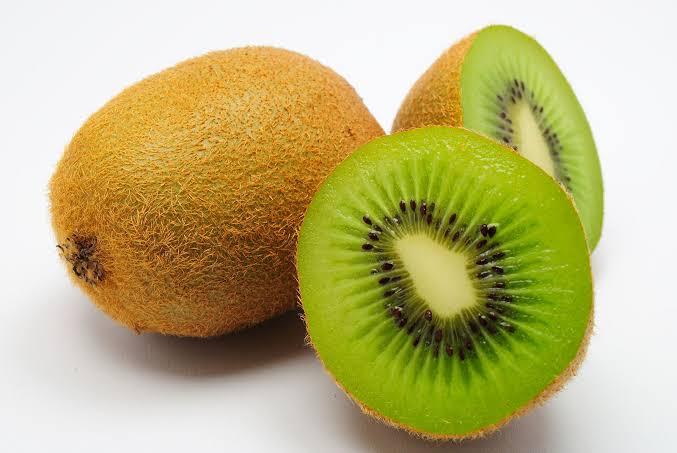
FAQs About Growing Kiwi Plant
1. What are the care tips for kiwi Plant?
Plant your kiwi tree in a sunny location with well-drained soil. Water regularly, especially during the dry season. Fertilize your tree with a balanced fertilizer in spring. Prune your tree regularly to maintain its shape and encourage new growth.
2. What is kiwi used for?
Kiwi is a fruit-bearing plant. Its fruit is used as food and medicine. Kiwi fruit is used to treat asthma, constipation, high blood pressure, and other conditions, but there is no good evidence to support these uses. Kiwi is used in foods as a meat tenderizer and as an ingredient in some sports drinks.
3. Can I grow kiwi at home?
Place the plants in a good place. Seedlings are particularly sensitive to cold winters, so many growers keep kiwifruit plants indoors for the first two years or more. When your plants start to outgrow their small pots, be sure to move them to a new, larger pot.
4. What is the best pot for growing kiwi plants?
Growing kiwi plants in pots. For example, Kolomikta (Actinidia kolomikta) can grow up to a height of 3 to 6 m and is quite large in volume. Make sure you have a large enough pot: at least 30 litres . It is also important to fill the container with compost correctly.
5.From where can I shop for kiwi plant :
Any certified agency or nursery.
